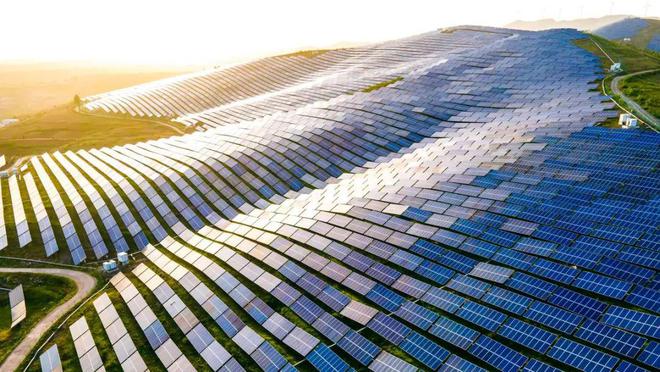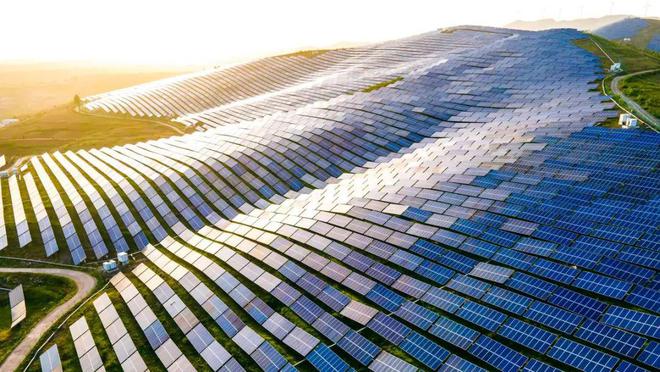
solar farm online
BEIJING, June 3 (Reuters) – A Chinese state-owned company announced on Monday that it had connected the world’s largest solar plant to the grid in the northwestern Uyghur Region (officially known as Xinjiang in China).

The 3.5-gigawatt (GW), 32,947-acre solar farm, situated in a desert area of the capital Urumqi, became operational on Monday, according to a notice on the state asset regulator’s website, which cited the Power Construction Corp of China.
Chinese media reported that “China is a leader in the global green energy industry, with rapid decarbonization efforts showing remarkable results. The International Energy Agency reports that China’s rapid growth in this sector will help meet the global goal of tripling renewable energy generation capacity by 2030. “China is expected to account for nearly 60% of the world’s new renewable energy generation capacity by 2028,” the agency’s report states.
“China plays a vital role in achieving the global goal of tripling renewable energy growth. It is expected that by 2030, China’s new power generation capacity will account for more than half of the new capacity needed globally.” By 2030, nearly half of China’s electricity will come from renewable energy.”
The facility is expected to generate about 6.09 billion kilowatt hours (kWh) of electricity annually. This output would be sufficient to power the entire country of Papua New Guinea for a year. The two largest operational solar facilities previously were also located in western China – Longyuan Power Group’s Ningxia Tenggeli desert solar project and China Lüfa Qinghai New Energy’s Golmud Wutumeiren solar complex, both with a capacity of 3GW, according to the Global Energy Monitor’s solar power tracker.
The sparsely populated Uyghur Region, rich in solar and wind resources, has emerged as a hub for massive renewable energy bases that transmit much of their power over long distances to China’s densely populated eastern seaboard.




